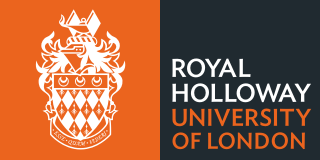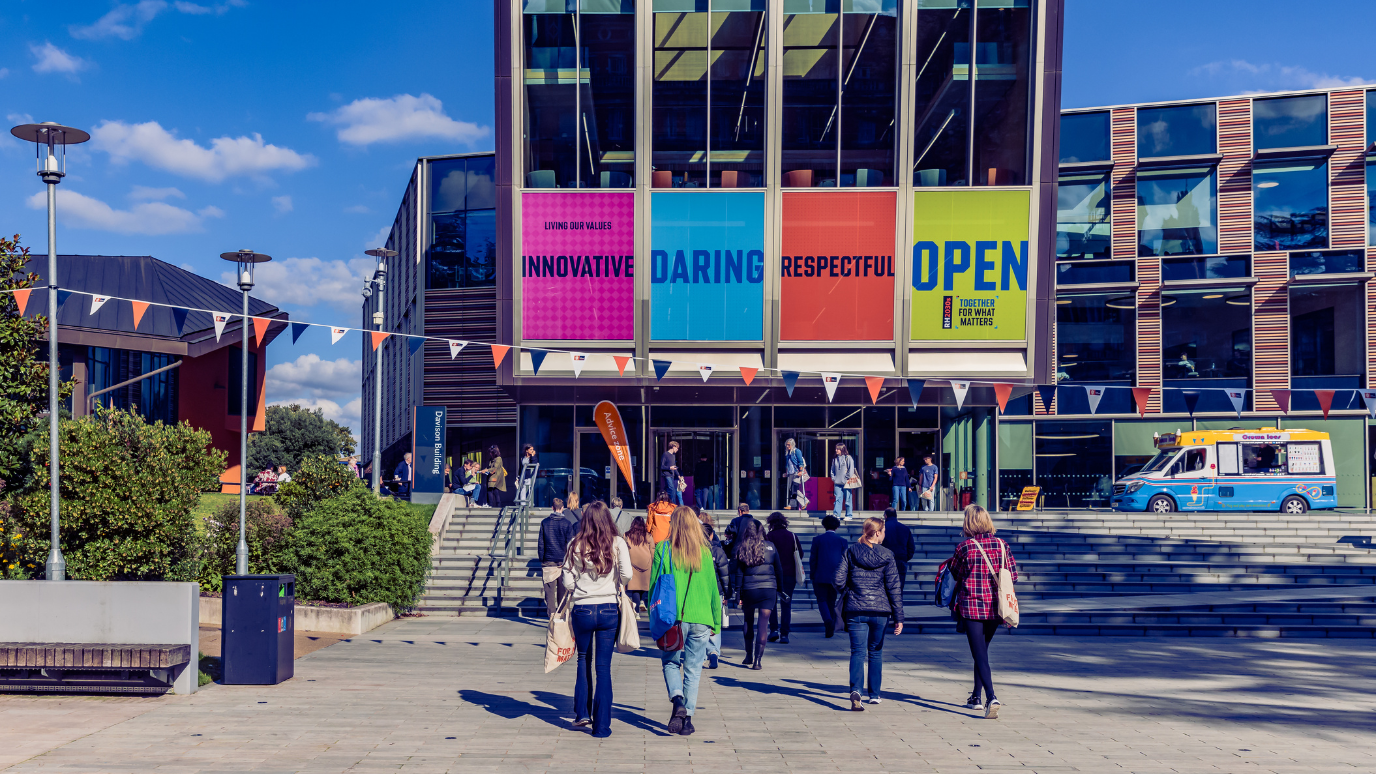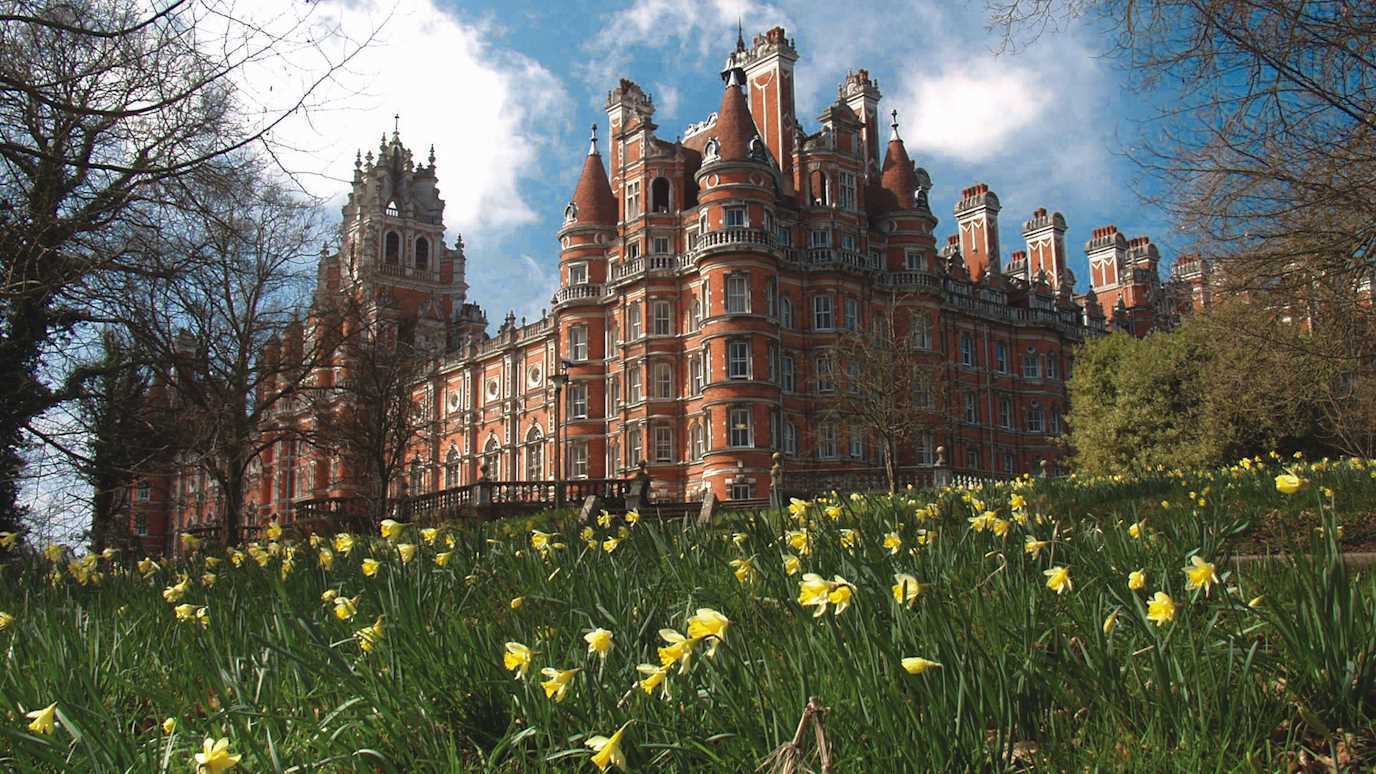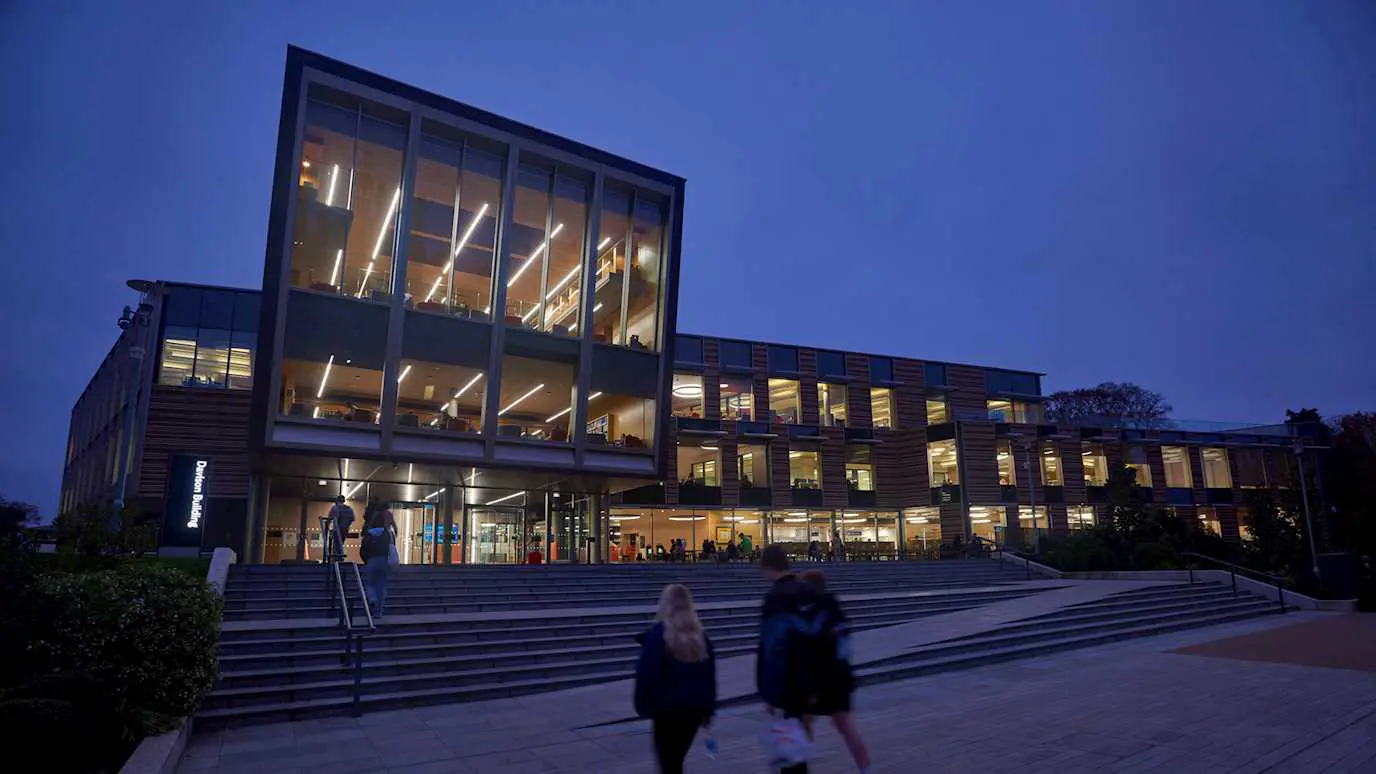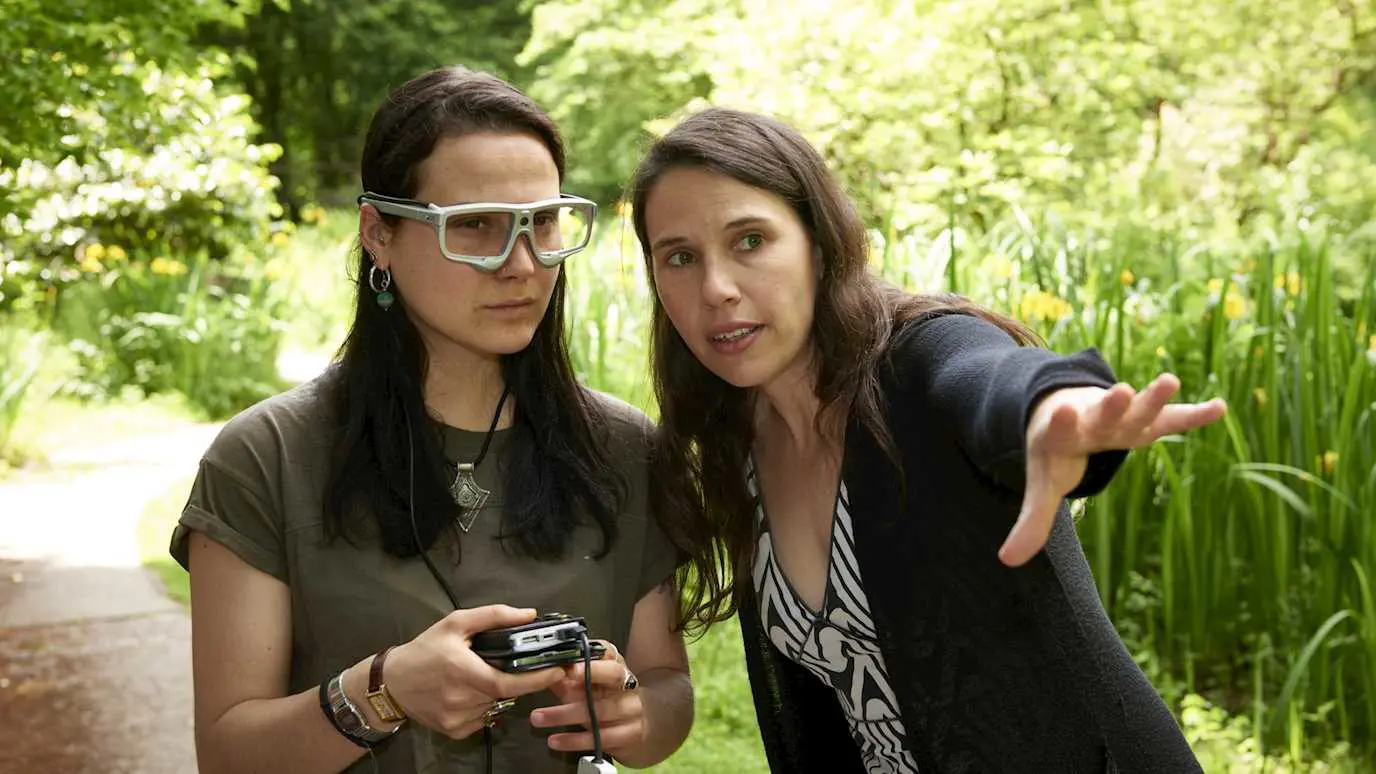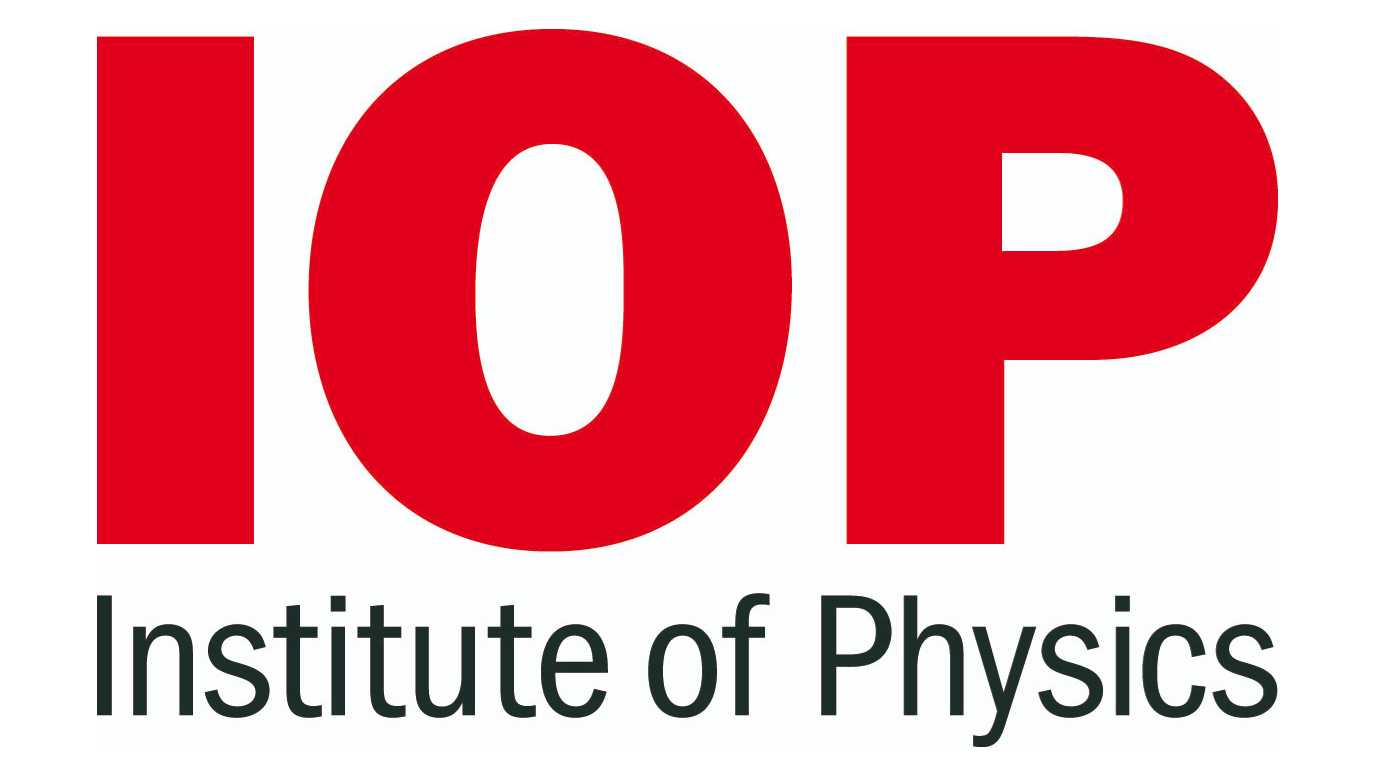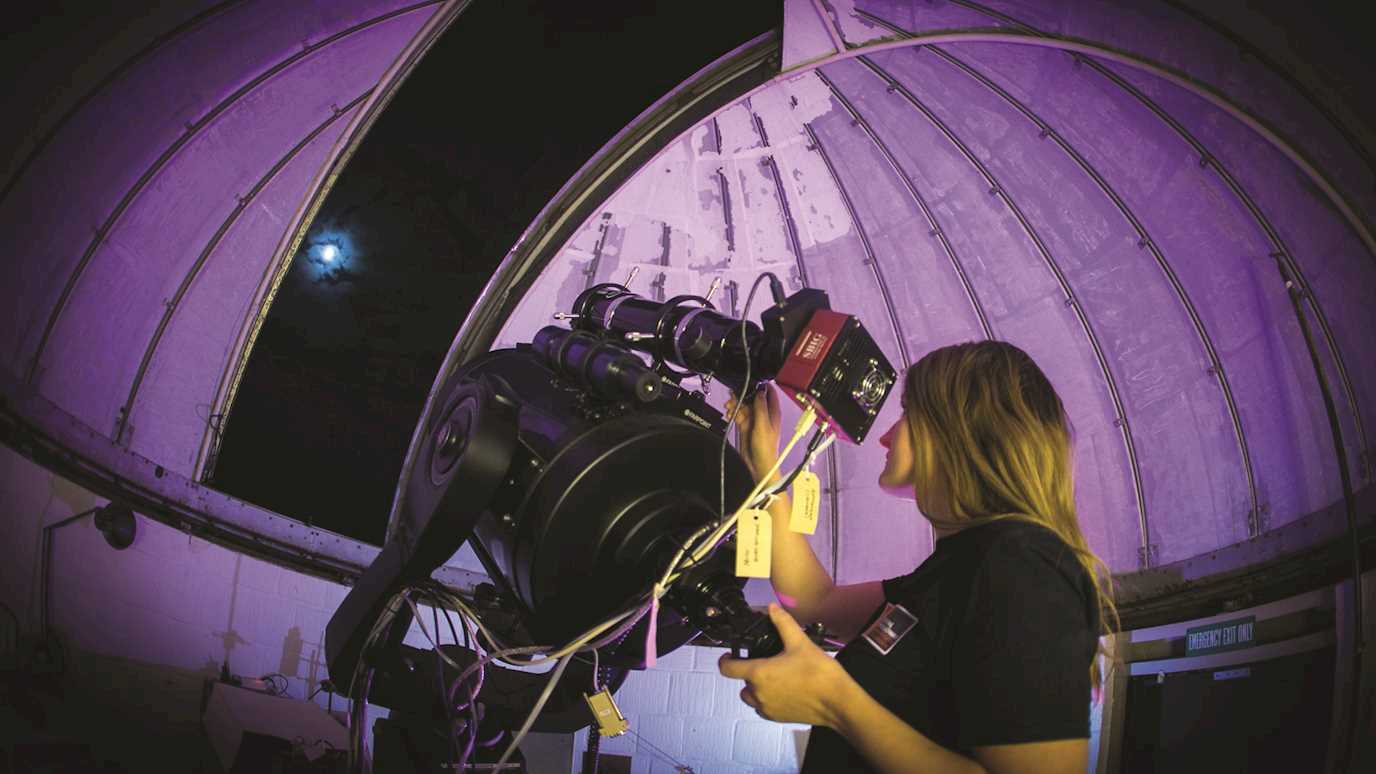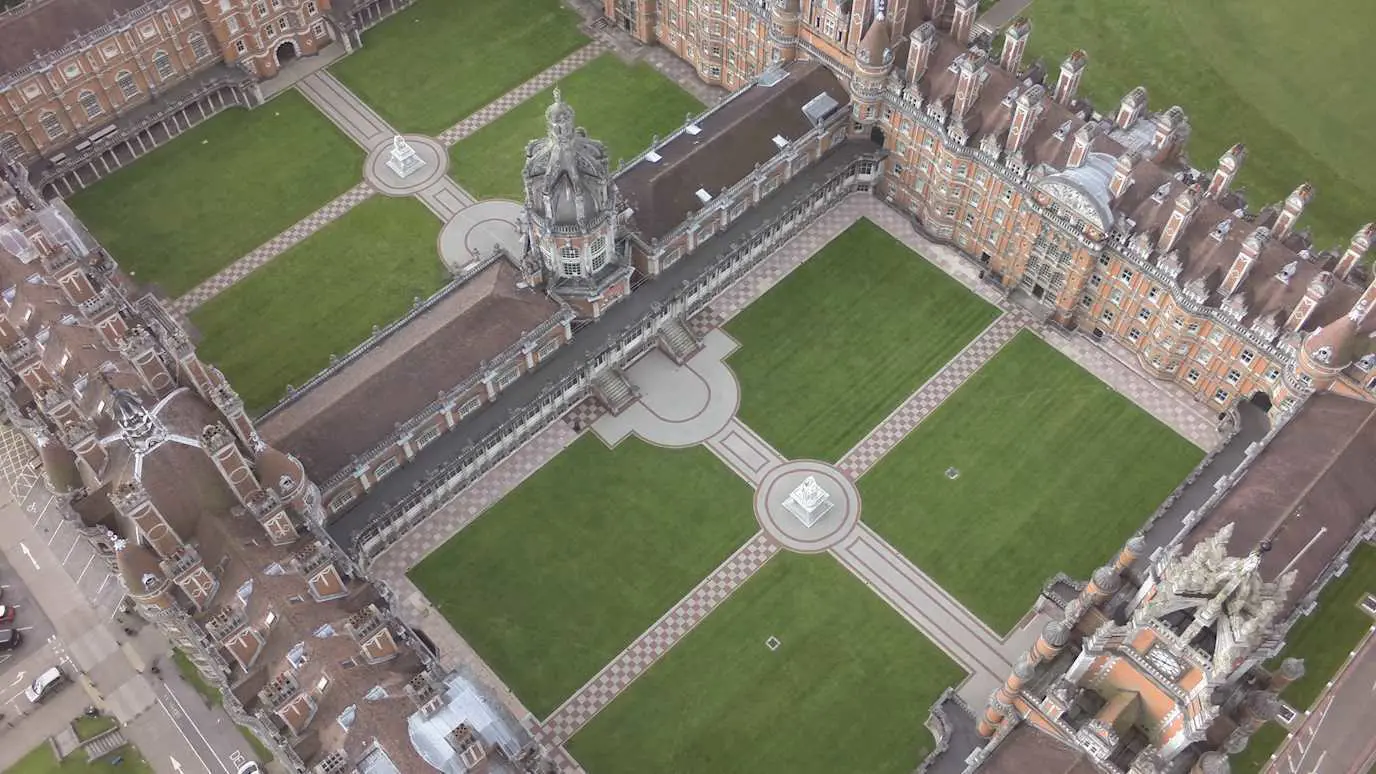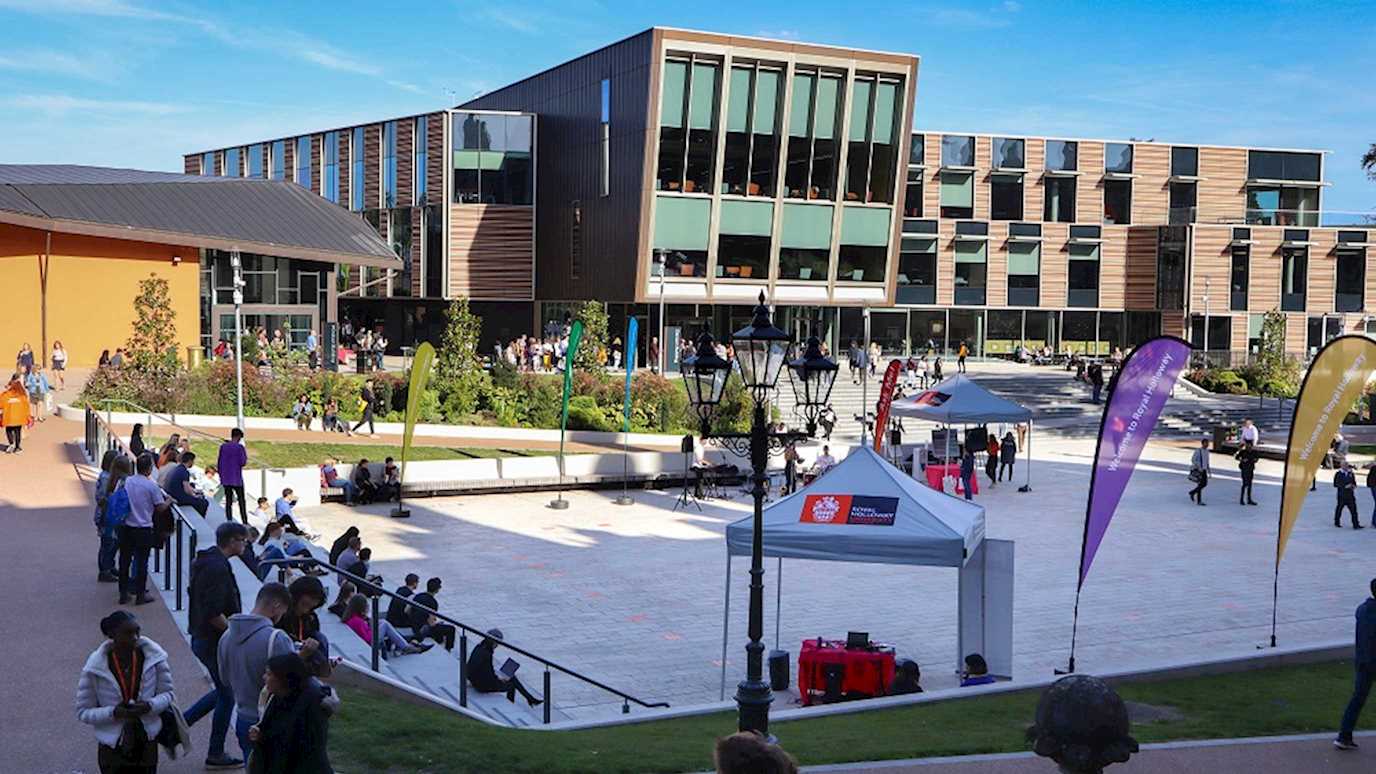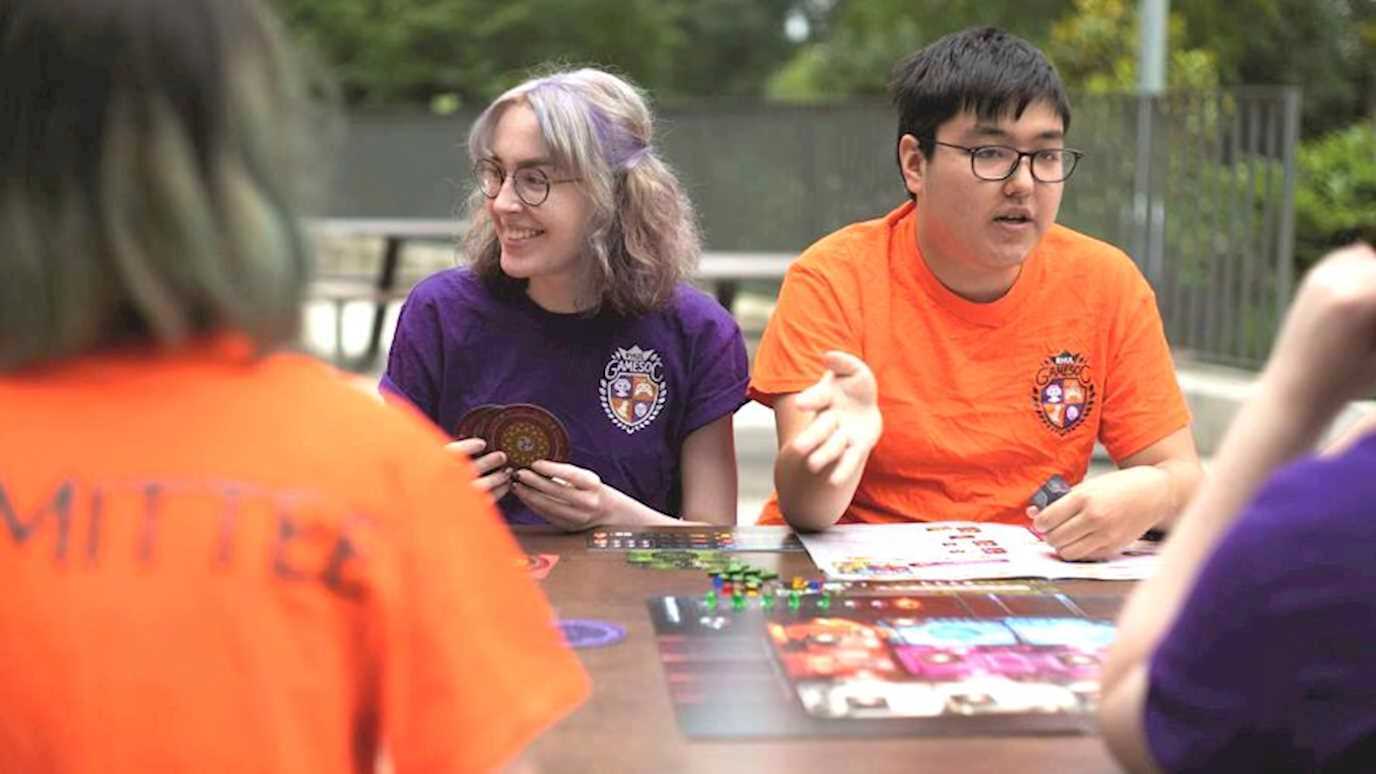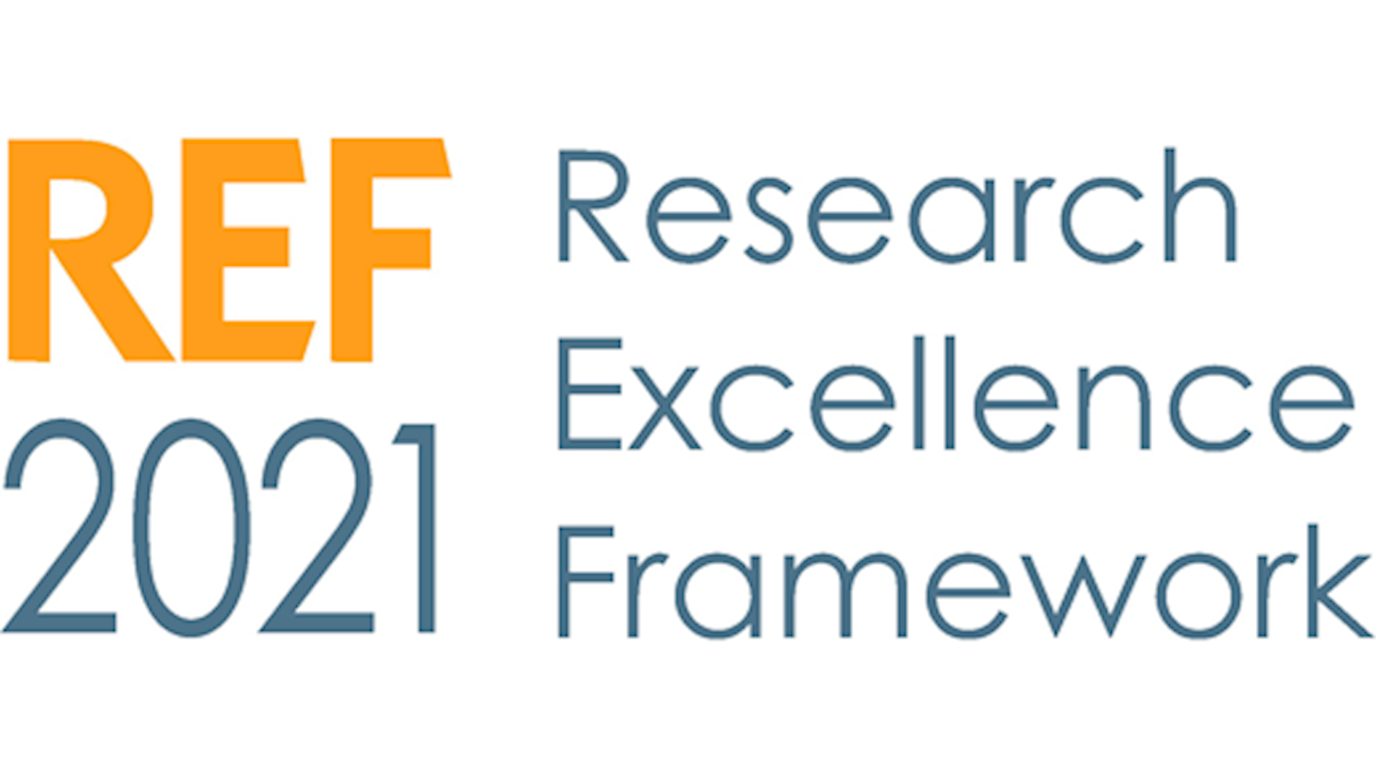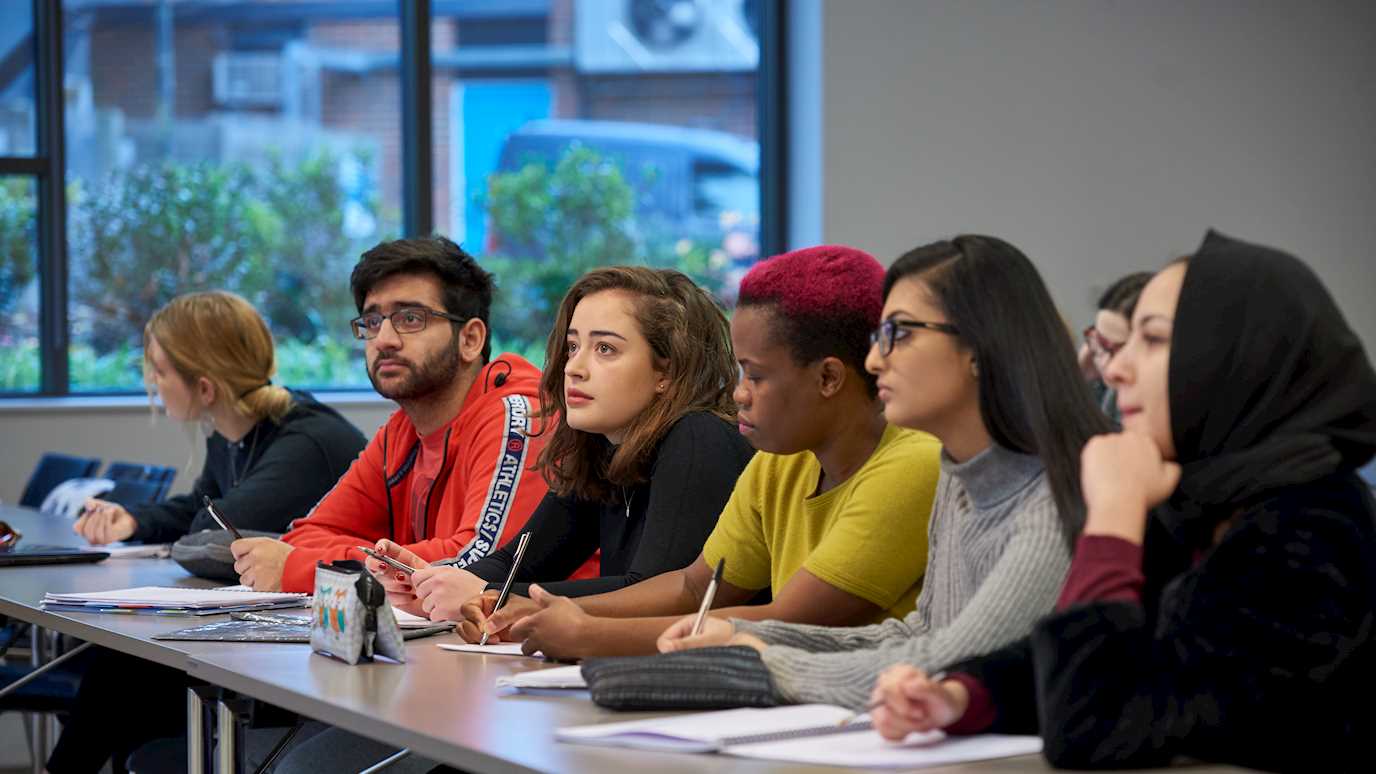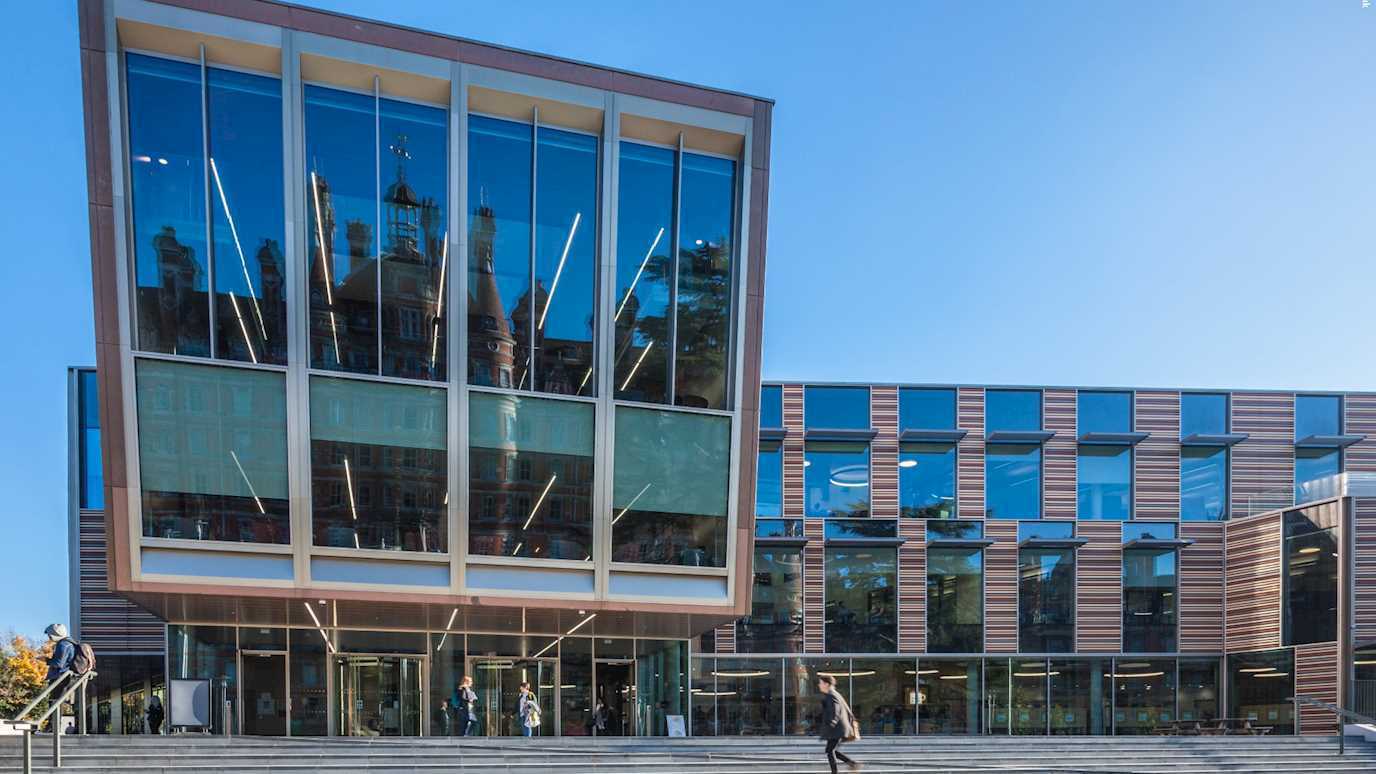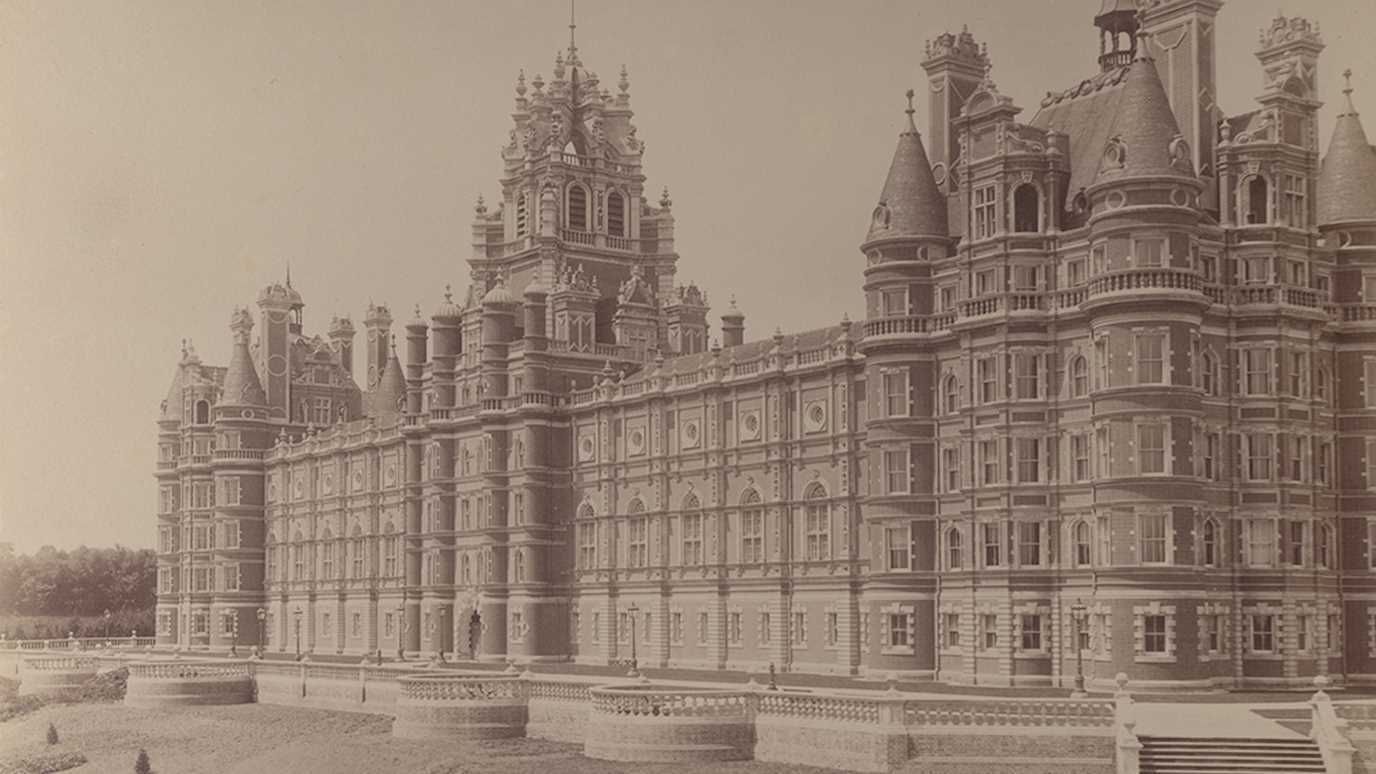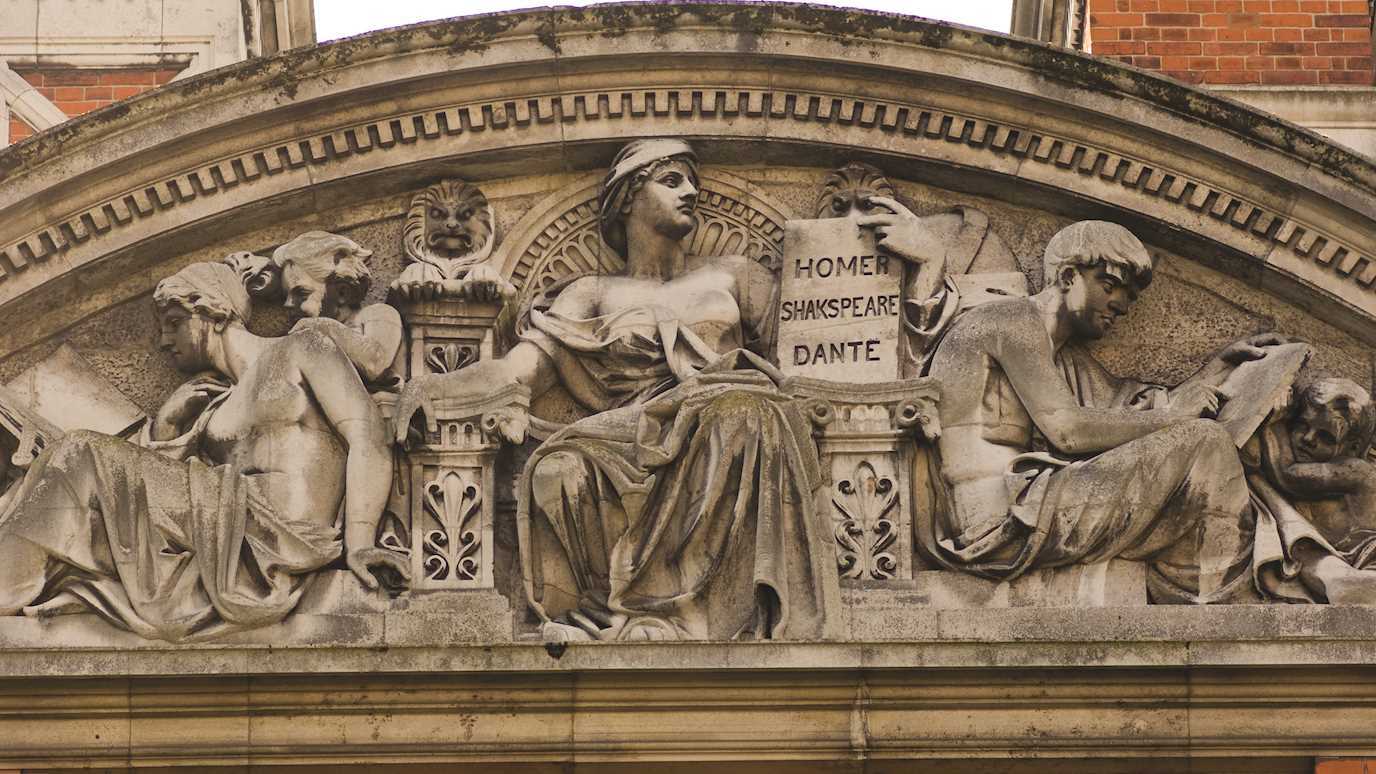Course options
Key information
Duration: 3 years full time
UCAS code: F300
Institution code: R72
Campus: Egham
The course
Physics (BSc)
Our students often say their enthusiasm to study Physics stems from wanting to learn more about the Higgs particle, dark matter, nanotechnology or just a wide-ranging curiosity about how things really work. Whatever your reasons, our Physics department aims to inform and excite in the study of Physics, the most fundamental of the sciences.
As one of the most respected centres for Physics teaching and research in the UK, we can promise you a vibrant environment, where you can pursue your studies and plan your future career.
On our three-year Physics BSc course, we’ll cover the core material that a graduate physicist would be expected to know, including quantum mechanics, electromagnetism, statistical physics and thermodynamics, Einstein’s relativistic physics and the study of the fundamental structure of matter and the universe. You’ll also develop the mathematical, experimental and conceptual knowledge and skills.
We’re based at the heart of the campus, where you’ll have access to laboratories, technical help, academic staff and, on the roof of the department, our astronomical dome, dedicated to undergraduate study. In Egham, Surrey, we’re well away from the light pollution of the big city so our telescopes can give you the best observational astronomy in the University of London. Beyond the specialist equipment, we also have video-conferencing facilities that allow people to take part in seminars and lectures at other institutions.
And though it may seem a long way away, when the time comes to do your final year project, you might find yourself in one of our well-equipped research labs, using the GRID computers to analyse real data from a particle physics experiment, attempting to guide a beam of fundamental particles in a High Energy Particle Physics collider or fabricating a nano-device in our suite of nanofabrication clean rooms.
- Modern and exciting physics taught by internationally recognised experts.
- Personal tutor to guide you through the development of new concepts and ideas.
- Learn a range of experimental and computational skills in the laboratory.
- Plan and execute an extended experimental or theoretical investigation in physics, electronics or astrophysics.
We sometimes make changes to our courses to improve your experience. If this happens, we’ll let you know as soon as possible.
Course structure
Core Modules
Year 1
-
In this module you will develop an understanding of how to solve problems involving one variable (either real or complex) and differentiate and integrate simple functions. You will learn how to use vector algebra and geometry and how to use the common probability distributions.
-
In this module you will develop an understanding of how to solve problems involving more than one variable. You will learn how to use matrices and solves eigenvalue problems, and how to manipulate vector differential operators, including gradient, divergence and curl. You will also consider their physical significance and the theorems of Gauss and Stokes.
-
In this module you will develop an understanding of good practices in the laboratory. You will keep a notebook, recording experimental work as you do it. You will set up an experiment from a script, and carry out and record measurements. You will learn how to analyse data and plot graphs using a computer package, and present results and conclusions including error estimations from your experiments.
-
In this module you will develop a range of skills in the scientific laboratory. You will learn how to use the Mathematica algebra software package to solve simple problems and carry out a number of individually programmed physics experiments. You will also work as part of a team to investigate an open-ended computational problem.
-
In this module you will develop an understanding of how to apply the techniques and formulae of mathematical analysis, in particular the use of vectors and calculus, to solve problems in classical mechanics. You will look at statics, dynamics and kinematics as applied to linear and rigid bodies. You will also examine the various techniques of physical analysis to solve problems, such as force diagrams and conservation principles.
-
In this module you will develop an understanding of how electric and magnetic fields are generated from static charges and constant currents flowing through wires. You will derive the properties of capacitors and inductors from first principles, and you will learn how to analyse simple circuits. You will use complex numbers to describe damped harmonic oscillations, and the motion of transverse and longitudinal waves.
-
In this module you will develop an understanding of the macroscopic properties of the various states of matter, looking at elementary ideas such as ideal gases, internal energy and heat capacity. Using classical models of thermodynamics, you will examine gases, liquids, solids, and the transitions between these states, considering phase equilibrium, the van der Waals equation and the liquefaction of gases. You will also examine other states of matter, including polymers, colloids, liquid crystals and plasmas.
-
In this module you will develop an understanding of the building blocks of fundamental physics. You will look at Einstein’s special theory of relativity, considering time-dilation and length contraction, the basics of quantum mechanics, for example wave-particle duality, and the Schrödinger equation. You will also examine concepts in astrophysics such as the Big Bang theory and how the Universe came to be the way we observe it today.
-
This module will describe the key principles of academic integrity, focusing on university assignments. Plagiarism, collusion and commissioning will be described as activities that undermine academic integrity, and the possible consequences of engaging in such activities will be described. Activities, with feedback, will provide you with opportunities to reflect and develop your understanding of academic integrity principles.
Year 2
-
In this module you will develop an understanding of the mathematical representation of physical problems, and the physical interpretation of mathematical equations. You will study both ordinary and partial differential equations, and learn about their properties: linear, order, homogeneous and inhomogeneous. You will learn to solve partial differential equations using the separation of variables method, and solve Laplace's equation in Cartesian, polar and spherical coordinates. Solutions will involve application of sines and cosines, Legendre polynomials, Bessel's equation, and the Sturm–Liouville theorem. In addition, you will become familiar with the Dirac delta function, the Gamma function, and Fourier transforms.
-
In this module you will develop an understanding of how computers are used in modern science for data analysis and visualisation. You will be introduced to the intuitive programming language, Python, and looking at the basics of numerical calculation. You will examine the usage of arrays and matrices, how to plot and visualise data, how to evaluate simple and complex expressions, how to sample using the Monte Carlo methods, and how to solve linear equations.
-
In this module you will develop an understanding of quantum mechanics and its role in and atomic, nuclear, particle and condensed matter physics. You will look at the wave nature of matter and the probabilistic nature of microscopic phenomena. You will learn how to use the key equation of quantum mechanics to describe fundamental phenomena, such as energy quantisation and quantum tunnelling. You will examine the principles of quantum mechanics, their physical consequences, and applications, considering the nature of harmonic oscillator systems and hydrogen atoms.
-
This module will consolidate the core laboratory components from other modules to create a coherent, stand-alone course designed to build your lab experience with more specialist support, enabling you to engage better with course material.
-
In this module you develop an understanding of the properties of light, starting from Maxwell’s equations. You will look at optical phenomena such as refraction, diffraction and interference, and how they are exploited in modern applications, from virtual reality headsets to the detection of gravitational waves. You will also examine masers and lasers, and their usage in optical imaging and image processing.
-
In this module you will develop an understanding of how James Clerk Maxwell unified all known electrical and magnetic effects with just four equations, providing Einstein’s motivation for developing the special theory of relativity, explaining light as an electromagnetic phenomenon, and predicting the electromagnetic spectrum. You examine these equations and their consequences, looking at how Maxwell’s work underpins all of modern physics and technology. You will also consider how electromagnetism provides the paradigm for the study of all other forces in nature.
-
In this module you will develop an understanding of thermal physics and elementary quantum mechanics. You will look at the thermodynamic properties of an ideal gas, examining the solutions of Schrödinger’s equation for particles in a box, and phenomena such as negative temperature, superfluidity and superconductivity. You will also consider the thermodynamic equilibrium process, entropy in thermo-dynamics, and black-body radiation.
-
In this module you will develop an understanding of the physical properties of solids. You will look at their structure and symmetry, concepts of dislocation and plastic deformation, and the electrical characteristics of metals, alloys and semiconductors. You will examine methods of probing solids and x-ray diffraction, and the thermal properties of photons. You will also consider the quantum theory of solids, including energy bands and the Bloch theorem, as well as exploring fermiology, intrinsic and extrinsic semiconductors, and magnetism.
Year 3
-
This module builds on skills developed in the second year to prepare you for the final year project and beyond. You will plan and carry out three assignments: the first introduces advanced data analysis techniques, and the second is a group project. Through the mini-project, you will be introduced to some of the research activities within the Department and to the methods of working within the groups. There are opportunities to practise important skills such as report writing and giving oral presentations.
-
This module aims to provide the high point of the three-year physics degree, which enables you to use your scientific knowledge, your abilities to plan and execute an extended experimental or theoretical investigation, and use all your communication skills to describe the results of your project. You will understand some of the techniques of research, including the presentation of results. You may choose your project in consultation with a member of staff, and the subject of the project may be in physics, electronics or astrophysics, and may be experimental or theoretical in emphasis.
Optional Modules
Below is a taster of some of the exciting optional modules that students on the course could choose from during this academic year. Please be aware these do change over time, and optional modules may be withdrawn or new ones added.
Year 1
-
All modules are core
Year 2
-
All modules are core
Year 3
-
This module aims to give students an overall view of the generation, transmission, storage and usage of energy (conventional and renewables). This course also examines the relationship between energy production, politics, economics and environmental pollution, particularly as regards to global warming.
Course Content:
Generation, transmission, storage and supply of energy. Conventional energy sources: fossil fuels and nuclear fission. Renewable sources of energy: fusion, hydroelectric, solar-thermal and solar-electric, wind, wave and tidal. Physics of the climate: energy and radiation, greenhouse effect, climate models, global warming. Experimental methods for measuring global temperatures and greenhouse gas emissions. Choice of an energy source for the UK taking into account technical, economic, political and environmental considerations. -
This module introduces you to the mathematical areas of complex analysis, matrix theory and linear transformations, and group theory, and enables you to apply related advanced mathematical formalisms and methods to formulate and solve physics problems. In the complex analysis section, you will cover holomorphic functions, power series, logarithms, isolated singular points, complex integration, Cauchy’s theorem and integral formula, Laurent series, Cauchy’s residue theorem, and applications of contour integration. For the matrix theory and linear transformations topic, you will cover the fundamentals of matrix theory, unitary diagonalisation, vector spaces and linear transformations, matrix representations, equivalence and similarity, inner product, norm, orthonormal bases, dual space and bra–ket notation. For the final chapter, you will cover the fundamentals of group theory, crystal lattice symmetries, Lie groups and Lie algebra, reducible and irreducible group representations.
-
This module introduces you to advanced topics and methods in classical physics (including mechanics, electromagnetism and relativity). You will cover the Calculus of Variations including the Euler-Lagrange equation, constraints and the method of Lagrange multipliers; non-relativistic classical physics through the principle of stationary action and Lagrangian mechanics, integration of the equation of motion in one dimension, motion in a non-inertial reference frame, Hamiltonian mechanics, symmetries, constants of motion and conservation laws, canonical transformations and Liouville's theorem; the module will end with a dive into relativitstic physics covering the principle of relativity and relativistic formalism, Lagrangian of a charged particle in an electromagnetic field, equations of motion of a charged paritcle in an EM field and gauge invariance, electromagnetic field tensor, relativistic invariants of the field, covariant formulation of the Lorentz force and Maxwell's equations.
-
This module introduces you to the fundamentals of the analysis of non-linear dynamical systems and, in particular, investigates whether the behaviour of a non-linear system can be predicted from the corresponding linear system. You will cover systems of first-order linear differential equations, similarity types for matrices and their connection with linear systems, the classification of two-dimensional linear phase portraits with extension to three dimensions, non-linear differential equations through Liapunov’s stability analysis, periodic solutions and limit cycles, and the Poincaré–Bendixson theorem, as well as applications to problems from physics, biology and economics. You will also cover non-linear difference equations, Poincaré surface of section, stability of critical points, and routes to chaos.
-
This module introduces a more advanced level of quantum theory than experienced in earlier years. Here you will understand and use the bra–ket (Dirac) notation for quantum states, understand and use the vector space and matrix representation of operator formalism, expansion of any states in terms of some complete set, the ladder operator approach to the harmonic oscillator, and generalise the definition of angular momentum to include spin and solve the generalised angular momentum eigenvalue problem employing raising and lowering operator techniques. You will cover the properties of spin-1/2 systems and use the Pauli matrices to solve simple problems, understand the concept and consequences of identical particles for fermions and bosons, and state the rules for the addition of angular momenta and outline the underlying general mathematical arguments, applying them in particular to two spin-1/2 particles. Finally, you will formulate first-order and second-order time-independent perturbation theory and apply it to some simple examples; formulate the variational and WKB methods and apply them to some simple systems; and formulate first-order and second-order time-dependent perturbation theory. From this, you will show, as an example, how it can lead to Fermi's Golden Rule.
-
On this module you'll learn to apply the principles of quantum mechanics (developing on from courses PH2210, PH3210) to many electron atomic systems; To build quantitative models to understand and predict the behaviour of multi-electron atoms, which were introduced qualitatively in PH1920; To understand experimental spectroscopy techniques and compare with model predictions.
Course Content: Atomic transitions and selection rules. Transitions rates. Natural broadening of transition lines. Coupling to a continuum. Fermi golden rule. Doppler and collisional broadening.Magnetic properties of the atom. Magnetic dipole associated to orbital motion and to spin. Zeeman and Stark effects. Relativistic corrections and fine structure, in particular spin orbit interaction. Effect of the nucleus spin: hyperfine structure. Atomic clocks. Metrology of the hydrogen atom. Multi electron atoms. Effect of exchange interaction. Example of He.Effect of Coulomb interactions, mean field approximation (Hartree), self-consistent potential. Applications to the ground state of the multi-electron atom. Applications to the excited states of the multi-electron atom: optical transitions and Xray transitions.Spectroscopic notation. Multiplets. Landé interval rule.Introduction of the quantum model of the interaction between light and matter. Coupling to a quantized mode. Applications to quantum optics.Extension of atomic physics concepts to nuclear and molecular physics -
In this module you will develop an understanding of the physics of elementary particles and their interactions, as well as experimental techniques to study these. Topics include the simple quark model, leptons and lepton numbers, strange particles, heavy quarks, quantum numbers, electroweak unification, W and Z bosons, the Higgs mechanism, and QCD. Energy loss processes, particle detectors, accelerators, and spin-off applications will also be studied. Extended topics explore deep inelastic scattering, supersymmetry, beyond the Standard Model, dark matter, neutrino oscillations, and applications to industry and medicine.
-
This module covers the theory of electrons in metals and semiconductors, focusing on electronic structure, transport, and collective excitations. Topics include electrons in periodic potentials, nearly free and tight-binding models, bandwidth, effective mass, holes, and band structures of materials such as Si, Ge and GaAs. It also examines intrinsic and extrinsic semiconductors, charge transport via the Drude and semiclassical models, and electron response to electric and magnetic fields. Finally, it explores optical properties, particle–hole excitations, plasma oscillations, and screening in metals.
-
This module covers the physics and applications of magnetism in solids and superconductors. To enhance problem solving skills and self study skills. Magnetism: phenomena: magnetisation and magnetic susceptibility, hysteresis, Curie-Weiss law, Arrott plots, magnetic structures: ferro- and antiferromagnetism. Measurement of magnetic properties, neutron scattering. Origin of magnetism: exchange interaction, Heisenberg model, Stoner model. Magnetic excitations: spin waves and spin fluctuations. Modern topics in magnetism: magnetic storage, spintronics. Superconductors: basic superconducting properties; Meissner effect; thermodynamics; critical field and current; flux quantisation; type II superconductors; two-fluid model; macroscopic wavefunction; simple Ginzburg-Landau theory; BCS theory; Josephson effect; SQUIDs and applications; high-Tc superconductivity, magnetism and unconventional superconductivity.
-
-
In this module you will develop an understanding of the core principles and mathematics of general relativity. You will learn how gravity arises from the curvature of spacetime, and explore the equivalence principle and tensor analysis in flat and curved spaces. You will study Einstein’s field equations in both vacuum and matter-filled spacetimes, and apply them to phenomena such as gravitational redshift, light bending, black holes, cosmology and gravitational waves. You will also gain practical experience in manipulating tensors and solving equations of motion in simple gravitational systems.
-
In this module you will develop an understanding of the physical principles that govern the structure and evolution of stars. You will learn how observational data such as luminosity, temperature, spectra, mass and radius are used to study stellar properties. You will explore the physics of stellar interiors and atmospheres, including energy generation and transport through radiation and convection. You will study the different stages in the life of a star, from formation to supernovae and nucleosynthesis, and consider the role of the interstellar medium. You will also perform simplified calculations and estimations, and examine how theoretical models compare with observational results.
-
In this module you will develop an understanding of the structure and evolution of the Solar System, with a focus on the physical and chemical properties of planetary bodies. You will study the formation of the Solar System and explore the processes that shape planetary surfaces, including impact cratering, volcanism, tectonism and erosion. You will examine planetary interiors and atmospheres, and learn how to interpret remote sensing data using techniques from geology, geophysics and geochemistry. The module also includes a detailed study of the Earth–Moon system, terrestrial and giant planets, planetary satellites, comets and meteorites. You will learn to evaluate scientific data, test hypotheses, and communicate key findings from planetary science and space missions.
-
In this module you will develop an understanding of key methods and techniques in machine learning. You will study approaches such as nearest neighbours, ridge regression, Lasso, and support vector machines for both classification and regression tasks. You will explore the use of different distance measures and the kernel trick, as well as practical kernels and their applications. The module also introduces conformal prediction and its application to various algorithms. You will gain experience in implementing basic machine learning algorithms and develop an awareness of how these methods can be applied in fields such as industry and medicine.
Teaching & assessment
As teachers, we want to introduce, explain, challenge and excite students on the course.
A year’s worth of study is normally broken down into eight modules, each of a nominal 150 hours of study. Physics combines experimental work with conceptual thinking and mathematical analysis, each demanding its own teaching and assessment techniques. So these modules can take a variety of forms, including small group tutorials, problem classes, lectures, laboratory and computing assignments, teamwork, and one-to-one teaching in our laboratories.
For lecture course units, you’ll normally be assessed by a two-hour examination at the end of the year. Coursework and in-class tests also contribute to the assessment of many course units. Experimental work is generally assessed by written reports or oral presentation. You have to pass a minimum of six of the eight course units, with a minimum score of 40 per cent each year.
You’ll be taught the most up-to-date and exciting physics by internationally recognised experts in their fields – all who are still involved in research and bring their working knowledge to the course. Our teaching consistently scores high satisfaction ratings in the annual National Student Survey.
Our close-knit, small-group teaching structure helps create a friendly environment, with an open-door policy, so students feel comfortable coming to us for advice and support.
Entry requirements
A Levels: AAB-ABB
Required subjects:
- A-levels in Mathematics and Physics, plus a pass in the practical element of all science A-levels being taken.
- We require English and Mathematics GCSE at grade 4/C
HL 665 (without Diploma) or 34 overall (with Diploma)
EUROPEAN BACCALAUREATE 80%
If you have completed Secondary or High School in this country then you will need to take our one year International Foundation Year , or the equivalent from another institution, before beginning your undergraduate studies.
If you have completed Secondary or High School in this country then you will need to take our one year International Foundation Year , or the equivalent from another institution, before beginning your undergraduate studies.
Year 12 High School Certificates: ATAR: 90, Queensland OP: 4
Reifezeugnis/Maturazeugnis: 1.5
If you have completed Secondary or High School in this country then you will need to take our one year International Foundation Year , or the equivalent from another institution, before beginning your undergraduate studies.
Bachelor degree studied for 2 years or less than 3: GPA of 3.25
Certificate D Enseignement Secondaire Superieur (CESS) (score out of 10) or Diploma van Hoger Secundair Onderwijs (score out of 20): 8/10 or 17/20 or 70%
Secondary School Leaving Diploma: 4/5
Diploma za Sredno Obrazovanie 5.6
Year 12 High School Graduation Diploma: 86%
National College Entrance Examination (NCEE) (Gaokao): 75%
Svjedodzba o Maturi: Overall grade of 5
Apolytirion of Lykeion: Average of 18.5 in Apolytirion
Maturitni Zkouska / Maturita: 1.8
Bevis for Studentereksamen or Hojere Forberedelseseksamen (HF) or Hojere Handelseksamen (HHX) / Hojere Teknisk Eksamen (HTX): Average grade of 10
Certificate of Nile Secondary Education (CNISE) Level 3: AAB
Gumnaasium Ioputunnistus (Secondary School Certificate) with Riigieksammid (state exams): 4.5 in Gumnaasium Ioputunnistus and 80% in Riigieksamid
Ylioppilastutkinto / studentexamen: EMMM
Baccalaureat / International Option Baccalaureate (OIB): 13/20
Zeugnis der Allgemeinen Hochschulreife / Abitur: 1.5
If you have completed Secondary or High School in this country then you will need to take our one year International Foundation Year , or the equivalent from another institution, before beginning your undergraduate studies.
Apolytirion of Lykeion: Average of 18.5 in Apolytirion
Achieve grades 5,5,4 overall in your Hong Kong Diploma of Secondary Education with a grade 5 in any A-level subject specified above
Achieve a grade of 4.7 overall in your Erettsegi / Matura with a grade 5 in any A-level subject specified above
Achieve a grade of 8.5/10 overall in your Studentsprofwith a grade 9 in any A-level subject specified above
Achieve a grade of 80% overall in your Higher Secondary School Certificate with 80% in any A-level subject specified above
If you have completed Secondary or High School in this country then you will need to take our one year International Foundation Year , or the equivalent from another institution, before beginning your undergraduate studies.
Achieve a grade of 16/20 or 80% overall in your National Entrance Examination (Konkur) with a grade 16 or 80% in any A-level subject specified above
If you have completed Secondary or High School in this country then you will need to take our one year International Foundation Year , or the equivalent from another institution, before beginning your undergraduate studies.
Achieve a grade of 8/10 overall in your Bagrut with a grade 8 in any A-level subject specified above
Achieve a grade of 90 overall in your Esame di Stato with a grade 18/20, 14/15 or 9/10 in any A-level subject specified above
If you have completed Secondary or High School in this country then you will need to take our one year International Foundation Year , or the equivalent from another institution, before beginning your undergraduate studies.
Nazarbayev Intellectual Schools (NIS) Grade 12 Certificate: ABB
If you have completed Secondary or High School in this country then you will need to take our one year International Foundation Year , or the equivalent from another institution, before beginning your undergraduate studies.
Achieve a grade of 4 overall in your Diplome per Kryerjen e Shkolles se Mesme te Larte with a grade 5 in any A-level subject specified above
If you have completed Secondary or High School in this country then you will need to take our one year International Foundation Year , or the equivalent from another institution, before beginning your undergraduate studies.
Achieve a grade of 9.0 overall in your Atestats par visparejo videjo izglitibu with a grade 9.5 in any A-level subject specified above
If you have completed Secondary or High School in this country then you will need to take our one year International Foundation Year , or the equivalent from another institution, before beginning your undergraduate studies.
Achieve a grade of 5/6 overall in your Matura with a grade 5 in any A-level subject specified above
Achieve a grade of 9.0 overall in your Brandos Atestatas with a 9/90% in any A-level subject specified above and at least 85% in three state exams
Achieve a grade of 44 overall in your Diplome de Fin d'Etudes Secondaires with 48 in any A-level subject specified above
Achieve grades AAB in your Sijil Tinggi Persekolahan Malaysia with a grade A in any A-level subject specified above
Achieve grades AAB in your Advanced Matriculation with grade A in any A-level subject specified above
Achieve AAB in the Cambridge Overseas Higher School Certificate/General Certificate of Education Advanced Level with grade A in any A-level subject specified above.
Achieve AAB in the Cambridge Overseas Higher School Certificate (COHSC) with grade A in any A-level subject specified above.
Achieve a grade of 8 overall in your Voorbereidend Wetenschappelijk Onderwijs (VWO) with a grade 7 in any A-level subject specified above
Achieve a grade of Excellence overall from three subjects in your NCEA level 3 with a grade of Excellence in any A-level subject specified above
If you have completed Secondary or High School in this country then you will need to take our one year International Foundation Year , or the equivalent from another institution, before beginning your undergraduate studies.
Achieve a grade of 4.8 overall in your Matura with a grade 5 in any A-level subject specified above
Achieve a grade of 75% overall from the final two years of your Devlet Lise Diplomasi or Lise Bitirme Diplomasi with a grade.
Achieve a grade of 4 plus 5 in at least one related subject overall in your VVO with a grade 5 in any A-level subject specified above
If you have completed Secondary or High School in this country then you will need to take our one year International Foundation Year , or the equivalent from another institution, before beginning your undergraduate studies.
If you have completed Secondary or High School in this country then you will need to take our one year International Foundation Year , or the equivalent from another institution, before beginning your undergraduate studies.
Achieve a grade of 75% overall in your Matura including 75% in three extended level subjects with a grade of 80% in any A-level subject specified above
Achieve a grade of 17 overall in your Certificado de fim de Estudos Secundarios with grades 18,18,17 in 3 year 11 or 12 exams with 18 in any A-level subject specified above
If you have completed Secondary or High School in this country then you will need to take our one year International Foundation Year , or the equivalent from another institution, before beginning your undergraduate studies.
Achieve a grade of 8 overall in your Diploma de Bacalaureat with a 9 in any A-level subject specified above
If you have completed Secondary or High School in this country then you will need to take our one year International Foundation Year , or the equivalent from another institution, before beginning your undergraduate studies.
If you have completed Secondary or High School in this country then you will need to take our one year International Foundation Year , or the equivalent from another institution, before beginning your undergraduate studies.
Achieve a grade of 4.5 overall in your Secondary School Leaving Diploma with a grade 4 in any A-level subject specified above
Achieve a GPA of 3.0 overall in your Singapore Polytechnic Diploma with a GPA of 3.5 in any A-level subject specified above
Achieve a grade of 1.5 overall in your Maturita with a grade 1.5 in any A-level subject specified above
Achieve a grade of 4 overall in your Matura with a grade 5 in any A-level subject specified above
Achieve grades 66655 in at least 6 subjects overall in your National Senior Certificate (state board) or 65555 (IEB board)
If you have completed Secondary or High School in this country then you will need to take our one year International Foundation Year , or the equivalent from another institution, before beginning your undergraduate studies.
Achieve a grade of 8 overall in your Titulo de Bachillerato with a grade 8 in any subject specified above
If you have completed Secondary or High School in this country then you will need to take our one year International Foundation Year , or the equivalent from another institution, before beginning your undergraduate studies.
Achieve a grade of AAB overall in the Advanced Certificate of Secondary Education (CSEE) with a grade A in any subject specified above.
If you have completed Secondary or High School in this country then you will need to take our one year International Foundation Year , or the equivalent from another institution, before beginning your undergraduate studies.
Achieve a grade of 75% overall from the final two years of your Devlet Lise Diplomasi or Lise Bitirme Diplomasi with a grade of 70% in any subject specified above
Achieve AAB in the Ugandan Advanced Certificate of Education (UACE) with a grade A in any subject specified above.
If you have completed Secondary or High School in this country then you will need to take our one year International Foundation Year , or the equivalent from another institution, before beginning your undergraduate studies.
If you have completed Secondary or High School in this country then you will need to take our one year International Foundation Year , or the equivalent from another institution, before beginning your undergraduate studies.
Achieve a grade of 4 in at least two relevant AP Examinations; or a composite score of 26 in the ACT Examinations (including the ACT writing test) with an AP grade 4 or College Class B in any A-level subject specified above; or SAT 1100 with an AP grade 4 or College Class B in any A-Level subject specified above.) Please note AP Calculus BC required for Computer Science and Electronic Engineering, or a relevant college class.
Achieve a grade of 18.5 or B overall in your Avgangsbetyg / Fullstandigt Slutbetyg fran Gymnasieskolan with a grade A in any subject specific above
If you have completed Secondary or High School in this country then you will need to take our one year International Foundation Year , or the equivalent from another institution, before beginning your undergraduate studies.
Achieve a grade of 112 overall at the two unit level in your Caribbean Advanced Proficiency Examination with a grade 1 in any subject specified above.
English language requirements
All teaching at Royal Holloway is in English. You will therefore need to have good enough written and spoken English to cope with your studies right from the start.
The scores we require
- IELTS: 6.5 overall. No subscore lower than 5.5.
- Pearson Test of English: 67 overall. No subscore lower than 59.
- Trinity College London Integrated Skills in English (ISE): ISE III.
- TOEFL iBT: 88 overall, with Reading 18 Listening 17 Speaking 20 Writing 17.
- Duolingo: 120 overall and no sub-score below 100.
Country-specific requirements
For more information about country-specific entry requirements for your country please visit here.
Undergraduate preparation programme
For international students who do not meet the direct entry requirements, for this undergraduate degree, the Royal Holloway International Study Centre offers an International Foundation Year programme designed to develop your academic and English language skills.
Upon successful completion, you can progress to this degree at Royal Holloway, University of London.
Your future career
A degree in Physics is one of the most sought after and respected qualifications available.
The training in logical thinking, the ability to analyse a problem from first principles in an abstract, logical and coherent way, and to define a problem and then solve it, are critically important skills. These skills go well beyond your specific knowledge of physical phenomena they’re the reason why Physics graduates go on to excel in all types of employment, including those only loosely related to Physics, like management and finance, as well as scientific, technical, engineering and teaching careers. In this way, a degree in Physics helps keep your future employment options both bright and open.
Fees, funding & scholarships
Home (UK) students tuition fee per year*: £9,535
EU and international students tuition fee per year**: £29,900
Other essential costs***: £55
How do I pay for it? Find out more about funding options, including loans, scholarships and bursaries. UK students who have already taken out a tuition fee loan for undergraduate study should check their eligibility for additional funding directly with the relevant awards body.
*The tuition fee for Home (UK) undergraduates is controlled by Government regulations. This figure is the fee for the academic year 2025/26 and is shown as a guide. The fee for the academic year 2026/27 has not yet been announced.
**This figure is the fee for EU and international students on this course in the academic year 2026/27.
Royal Holloway reserves the right to increase tuition fees annually for all students. For further information see fees and funding.
*** These estimated costs relate to studying this particular degree at Royal Holloway during the 2026/27 academic year. Costs, such as accommodation, food, books and other learning materials and printing, have not been included.
